Gilles Vieillard
Theory and Implementation of Complex-Valued Neural Networks
Feb 16, 2023



Abstract:This work explains in detail the theory behind Complex-Valued Neural Network (CVNN), including Wirtinger calculus, complex backpropagation, and basic modules such as complex layers, complex activation functions, or complex weight initialization. We also show the impact of not adapting the weight initialization correctly to the complex domain. This work presents a strong focus on the implementation of such modules on Python using cvnn toolbox. We also perform simulations on real-valued data, casting to the complex domain by means of the Hilbert Transform, and verifying the potential interest of CVNN even for non-complex data.
Impact of PolSAR pre-processing and balancing methods on complex-valued neural networks segmentation tasks
Oct 28, 2022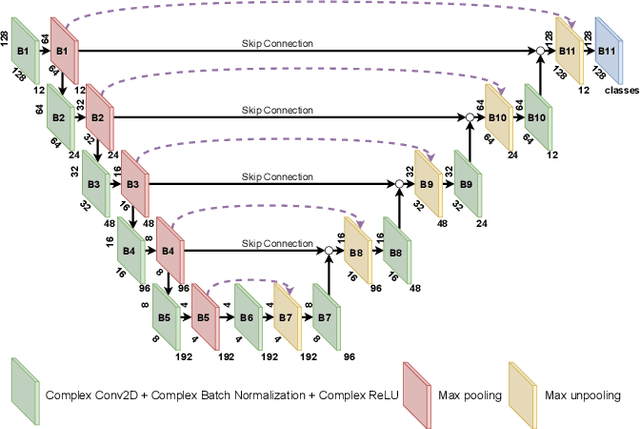
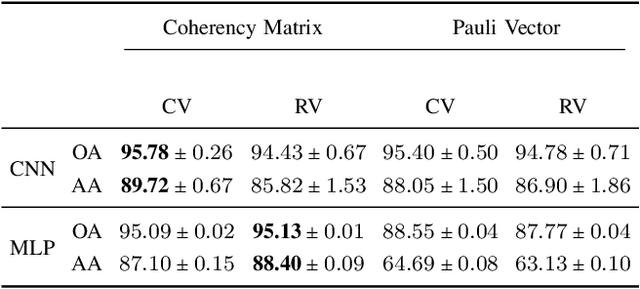
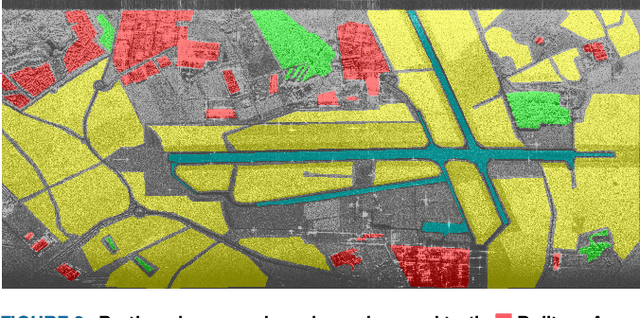
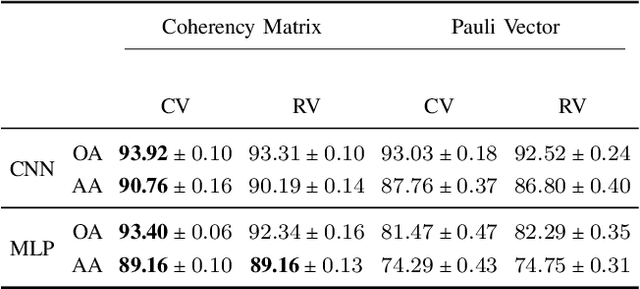
Abstract:In this paper, we investigated the semantic segmentation of Polarimetric Synthetic Aperture Radar (PolSAR) using Complex-Valued Neural Network (CVNN). Although the coherency matrix is more widely used as the input of CVNN, the Pauli vector has recently been shown to be a valid alternative. We exhaustively compare both methods for six model architectures, three complex-valued, and their respective real-equivalent models. We are comparing, therefore, not only the input representation impact but also the complex- against the real-valued models. We then argue that the dataset splitting produces a high correlation between training and validation sets, saturating the task and thus achieving very high performance. We, therefore, use a different data pre-processing technique designed to reduce this effect and reproduce the results with the same configurations as before (input representation and model architectures). After seeing that the performance per class is highly different according to class occurrences, we propose two methods for reducing this gap and performing the results for all input representations, models, and dataset pre-processing.
Complex-Valued vs. Real-Valued Neural Networks for Classification Perspectives: An Example on Non-Circular Data
Sep 17, 2020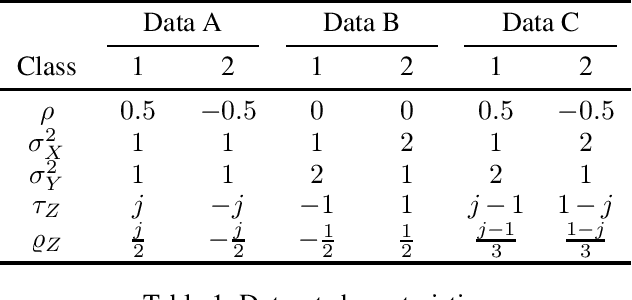
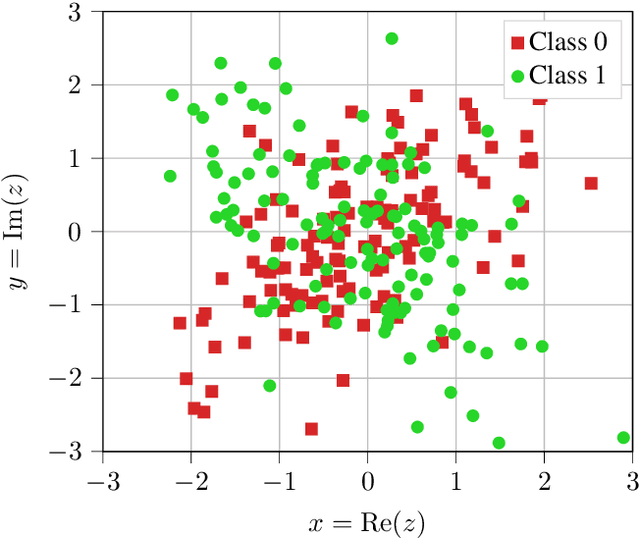
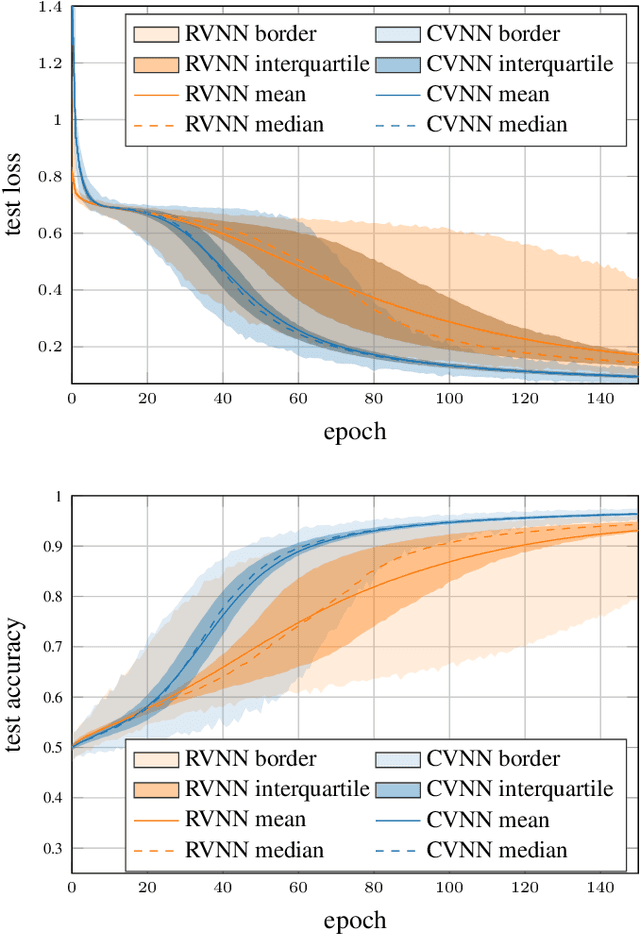

Abstract:The contributions of this paper are twofold. First, we show the potential interest of Complex-Valued Neural Network (CVNN) on classification tasks for complex-valued datasets. To highlight this assertion, we investigate an example of complex-valued data in which the real and imaginary parts are statistically dependent through the property of non-circularity. In this context, the performance of fully connected feed-forward CVNNs is compared against a real-valued equivalent model. The results show that CVNN performs better for a wide variety of architectures and data structures. CVNN accuracy presents a statistically higher mean and median and lower variance than Real-Valued Neural Network (RVNN). Furthermore, if no regularization technique is used, CVNN exhibits lower overfitting. The second contribution is the release of a Python library (Barrachina 2019) using Tensorflow as back-end that enables the implementation and training of CVNNs in the hopes of motivating further research on this area.
 Add to Chrome
Add to Chrome Add to Firefox
Add to Firefox Add to Edge
Add to Edge